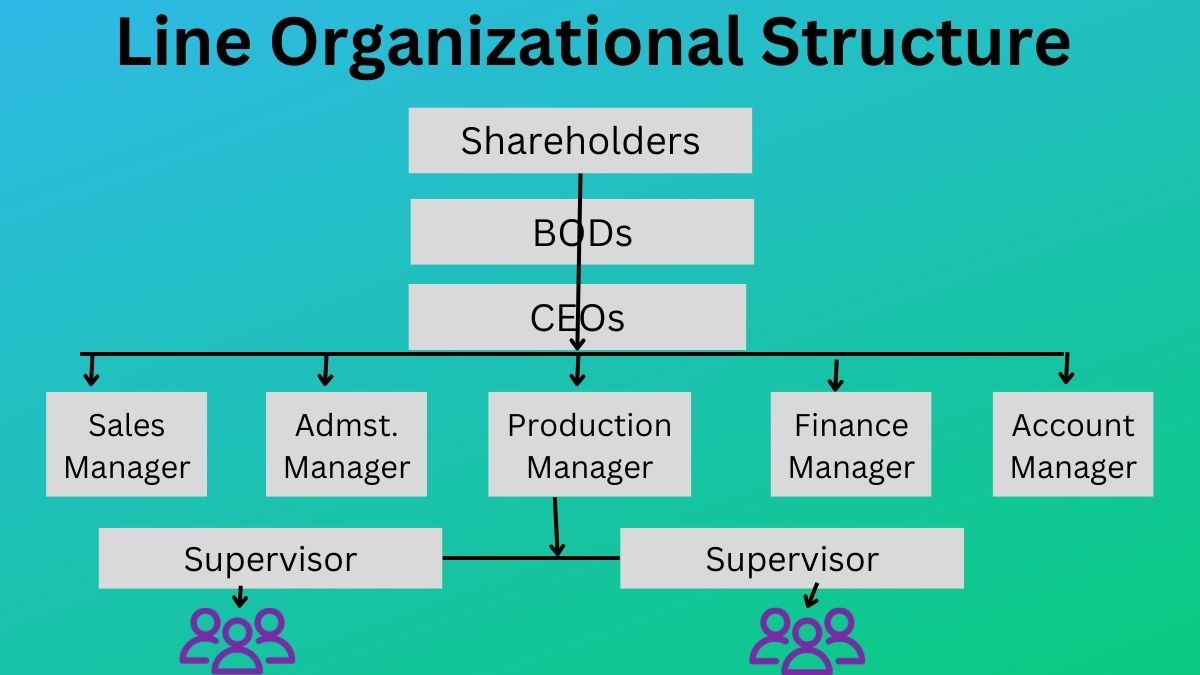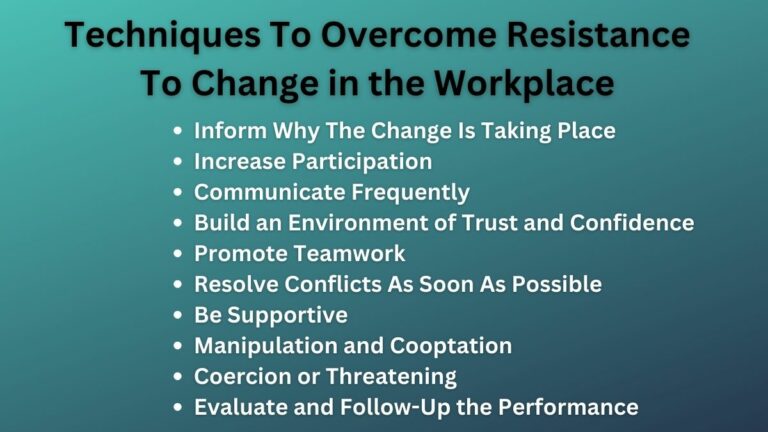What is Line Organizational Structure? Definition, Types, Examples, and Pros/Cons
What is Line Organizational Structure?
Line organizational structure is a structure where the authority flows from top to bottom and responsibility goes upward. It consists of direct vertical relationships which connect the task and position of each level with those above and below it.
Line structure is one of the easiest and oldest forms of organizational structure. Here, the hierarchy of authority is clearly defined and all decision-making power is vested in top positions i.e. top managers.
This organizational structure is also called simple structure, military structure, and hierarchal structure. It is first developed and used by a military organization which is why it is also called military organizational structure.
Similarly, since, in this structure, authority and responsibility flow vertically either top to bottom or bottom to top it is also commonly referred to as a hierarchal organizational structure.
It is more strict and rigid than other organizational structures. The principle of scalar chain is applied. Whenever superiors assign tasks to subordinates, subordinates should respond positively. Every superior is autonomous to make decisions and assign tasks to his subordinates and subordinates should also be responsible to their immediate superior.
Types of Line Organizational Structure
There are two types of line organization. They are:
Pure Line Organization
All workers/employees execute the same kind of job in this type of organization. And, workers are grouped to carry out their duties. These employees are under the direct supervision and control of one manager.
Related: Functional Organizational Structure
Departmental Line Organization
Different departments are established to carry out the function in a departmental line structure, and each department has a department head in charge of managing and supervising the staff. The personnel of one department cannot be managed or directed by the managers of another department.
Departmental line structures are far more efficient than pure ones since they distribute the work among several departments rather than requiring that one control and manage every employee at once as is the case with pure line structures.
Advantages of Line Organizational Structure
The following are the main pros of line organizational structure.
Simple and Easy
One of the advantages of line structure is that it is simple and easy to understand for all organizational members. Each employee is aware of the authority and responsibility relationship in the organization.
Quick Decision
Since the decision-making authority is vested on the top in the line organization quick decisions can be made. As the top manager is independent, he does not need to consult with anyone before making decisions. As such the speed of decisions can be enhanced.
Unified Control
Unified control is achieved when an authoritative person has the full right to ensure control and supervision over all employees working under him. Unified control ensures better discipline in the workplace.
Fixed Responsibility
In line organization, there is a chain of command and span of control. It ensures in such an organization every line of executives has fixed authority, power, and responsibility. It prevents them from shifting their responsibility to others nor they are allowed to avoid the responsibility.
Better Coordination
Between the highest authority and the lowest authority, there is better coordination. Line officials are independent and have flexibility in their decision-making because of the defined authority structure. Line executives are happy with this freedom.
Flexibility
Hierarchal organizational structure is flexible in nature and can be adaptive to changing business situations. It ensures flexibility in business operations. Depending upon needs and situations different departments can be added to the existing organizational structure.
Related: Geographical Structure
Disadvantages of Line Organizational Structure
Despite many advantages, the hierarchal organizational structure also has its drawbacks. Some cons of hierarchal organizational structure are mentioned below:
One Way Communication
Top officials implement the policies and plans they develop in a similar manner. There is no room for communication on the other end of this. The lower authority does not inform the higher authority of its grievances or recommendations. Therefore, there is one-way communication in the line structure.
Overload on Top Officials
The overload of top managers is the main reason the inefficiency is seen in line organizations. All the decisions regarding all the organizational functions are in the hands of the top manager.
Whether routine tasks or strategic areas tasks the top manager has to be involved in making decisions. This reduces his free time and can not devote sufficient time to creative functions.
Lack of Specialilzation
The hierarchal organizational structure does not support specialization in its operation. Here, a manager has to look at various departments as well and an employee also has to be involved in various activities at a time. As a result, neither the manager nor the employees get the benefits of specialization.
Autocracy
The executive authority of the organization is concentrated at the top level of management in a line organization structure. Executives are therefore ready to take an autocratic approach.
There is no autonomy for subordinates in their work. They are bound to carry out their superiors’ orders. The lower level cannot communicate with the higher level in any way.
Examples of Line Organizational Structure
The best example of line organizational structure can be best seen in the military where the top position holder has the highest authority. And, all those who come lower to his position need to follow his instructions in any way. Similarly, take the example of family businesses, where the family is in charge, and decisions flow hierarchically within the organization.
Read Next: Line Vs. Functional Structure
Sajan Kushmi is a content writer with more than 4 years of experience. He holds BIM Degree. He write on the topics related to Management, Marketing, and Entrepreneurship.






